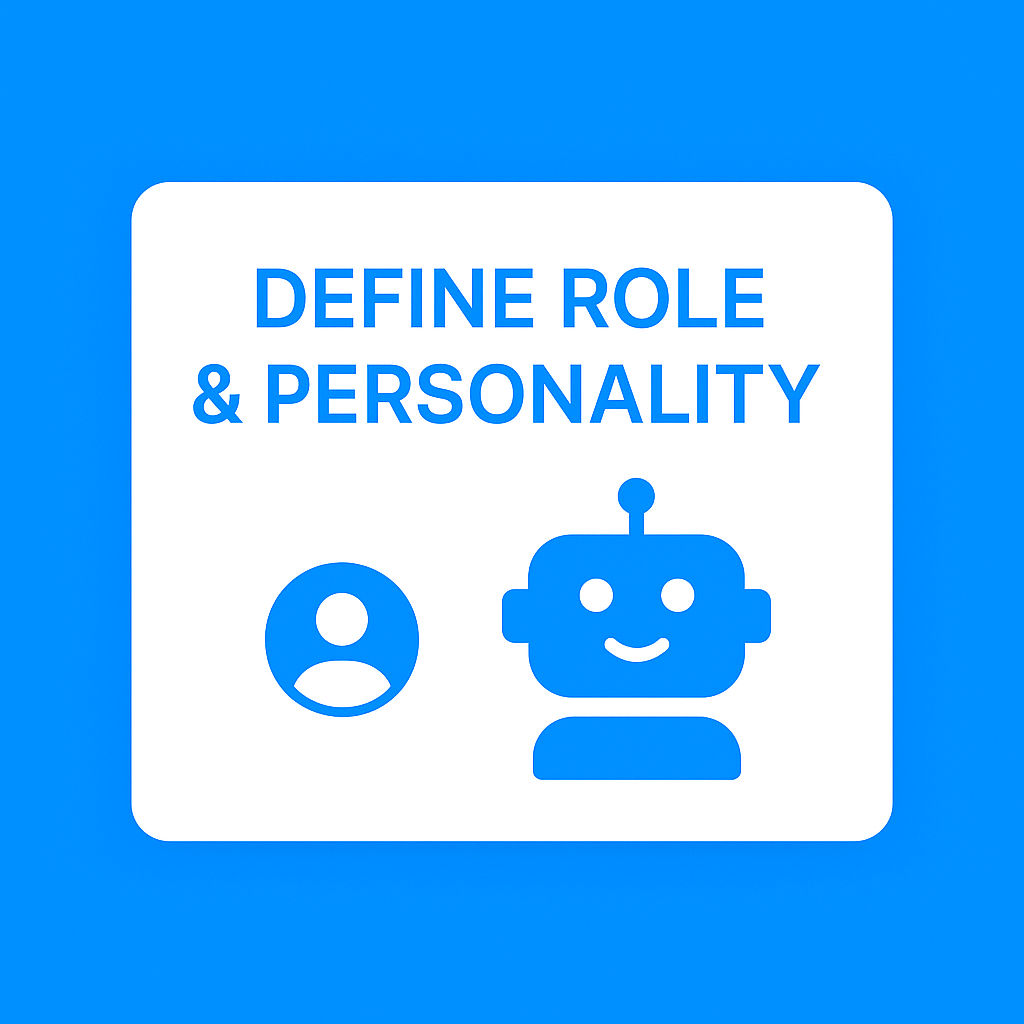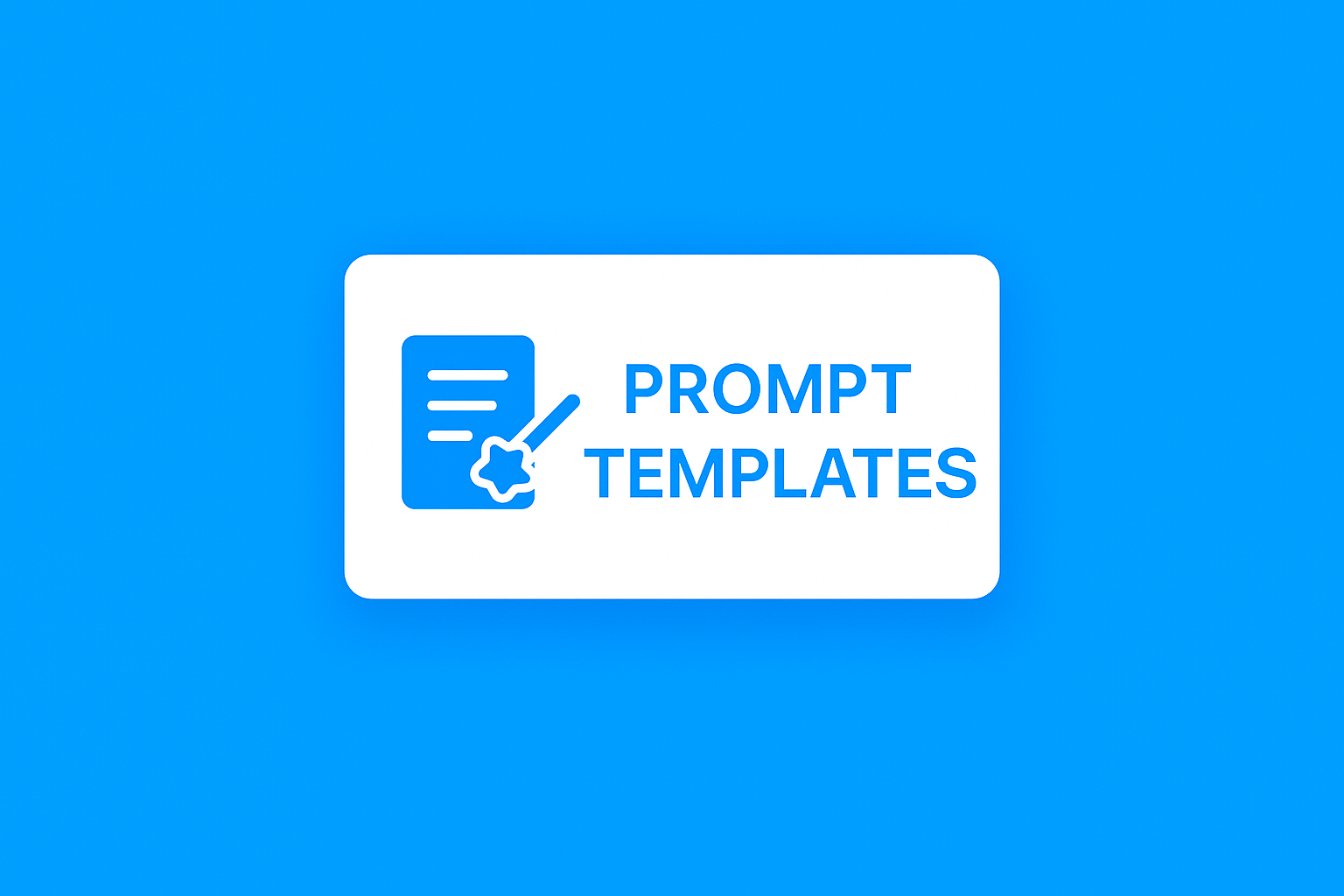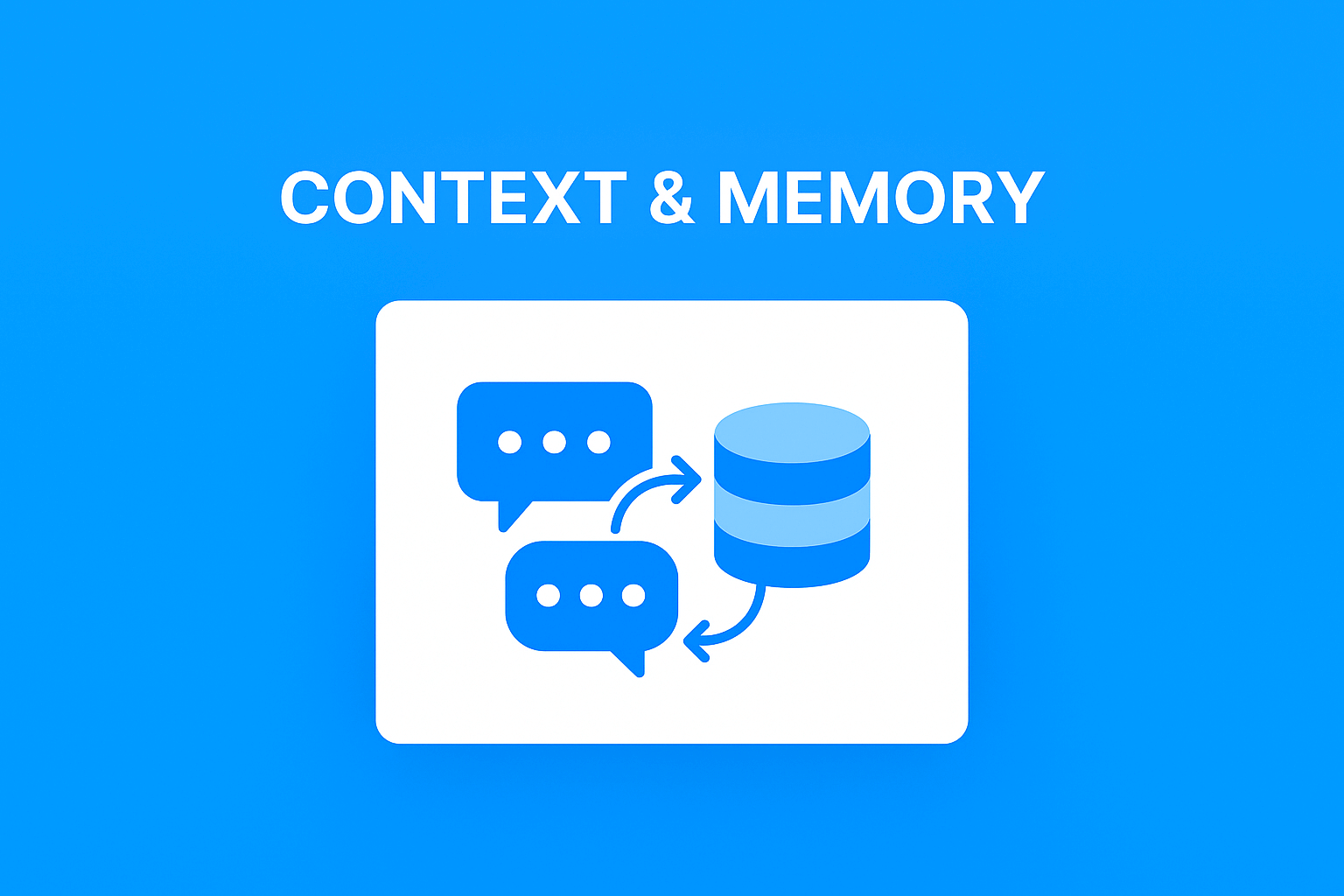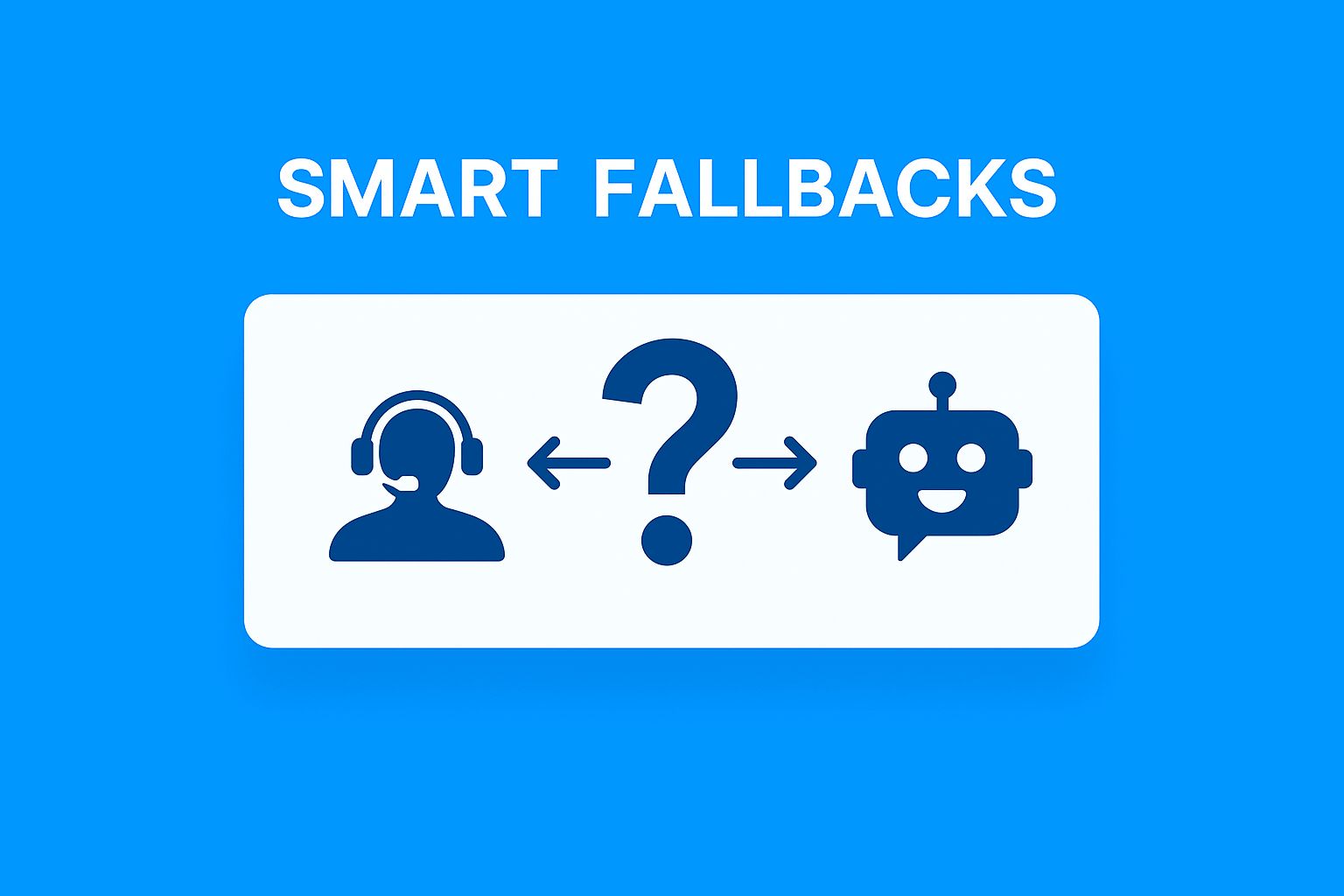In 2025, it’s no longer enough for bots to just answer. They need to connect.
The future of AI communication lies in human-like personas — bots that respond naturally, carry context, and reflect your brand voice. Whether you’re building a WhatsApp assistant, a sales agent, or a support bot, the secret is in how you train your AI.
This guide walks you through the key steps to designing AI personas that feel real — and how to deploy them through Appgain’s WhatsApp API.
Why AI Personas Matter
Customers today can spot a generic bot from the first message. Robotic replies, inconsistent tone, or lack of context kill trust instantly.
AI personas solve that by giving your bots:
- A distinct personality
- Tone that matches your brand
- Context memory to hold conversations
- Natural fallback responses
- The ability to learn and adapt over time
Step 1: Define the Role and Personality
Before you write a single prompt, ask:
- Is this bot a sales agent, support rep, or onboarding guide?
- Should it sound professional, friendly, witty, or calm?
- What phrases, words, or emojis should it avoid or always use?
Example Persona Brief:
- Name: Layla
- Role: WhatsApp Sales Assistant
- Tone: Friendly, helpful, not pushy
- Traits: Uses customer name often, recommends based on behavior, never overpromises

Step 2: Create Prompt Templates
Prompts are what shape your AI’s behavior.
Instead of just saying:
“Send discount message.”
Use structured prompts like:
“You are a helpful sales assistant. Greet the customer by name, mention their interest in product X, and offer a limited-time 10% discount using natural language. Do not sound robotic or aggressive.”
Save different prompt templates for:
- Product recommendation
- Cart recovery
- Lead qualification
- Support replies
- Follow-ups
Use tools like ChatGPT, Claude, or Hugging Face to test tone and consistency.
Step 3: Add Context and Memory
To make a bot feel human, it must remember what was said.
You can simulate memory in tools like:
- ChatGPT with function calling or custom instructions
- Hugging Face pipelines with history chaining
- Flowise, LangChain, or vector databases for long-term context
Examples of context-aware behavior:
- “You asked about size last time. Here’s a guide.”
- “Just checking in — did the last offer work for you?”

Step 4: Design Smart Fallbacks
Not all questions will be covered.
To avoid cold responses like “I don’t understand,” design fallbacks like:
- “Hmm, I’m not sure about that — but I can check with the team if you’d like.”
- “Can I guide you to our support center for that?”
- “Would you prefer to speak with a human agent now?”
Natural fallbacks preserve trust.

Step 5: Connect to WhatsApp via Appgain
Once your persona is ready, it’s time to deploy.
Using Appgain’s WhatsApp API and Automation Builder:
- Plug your AI persona into message flows
- Trigger the right prompt based on CRM data or user behavior
- Send smart replies in real-time
- Combine with buttons, rich media, and flows for full interaction
Example:
A customer abandons cart → AI bot checks last viewed items → sends friendly reminder with promo code → offers to answer product questions
Final Thoughts
Human-like AI isn’t just about tech — it’s about empathy, tone, and timing.
By designing AI personas with purpose and connecting them through Appgain, you create smarter, more natural conversations that convert.
Your bot doesn’t just reply — it represents your brand.
Ready to build a persona that sells, supports, and scales?
Visit appgain.io to get started.

